Salmon Sisters Join S.A.L.T. to Share Alaska’s Culinary Secrets
There’s nothing fishy in the slightest about Alaska’s Salmon Sisters.
They are, indeed, sisters from Alaska, lifetime residents. Their lives have been centered on Alaska wild salmon since the day they were born to their commercial fishing parents. Today, wives and mothers with families of their own in Homer, they have carved out a successful niche as proponents of a sustainable lifestyle based on the natural world around them — the foodways and cultural milieu of Alaska in which they have happily spent their lives.
Now their foods and philosophies are boarding Silversea.
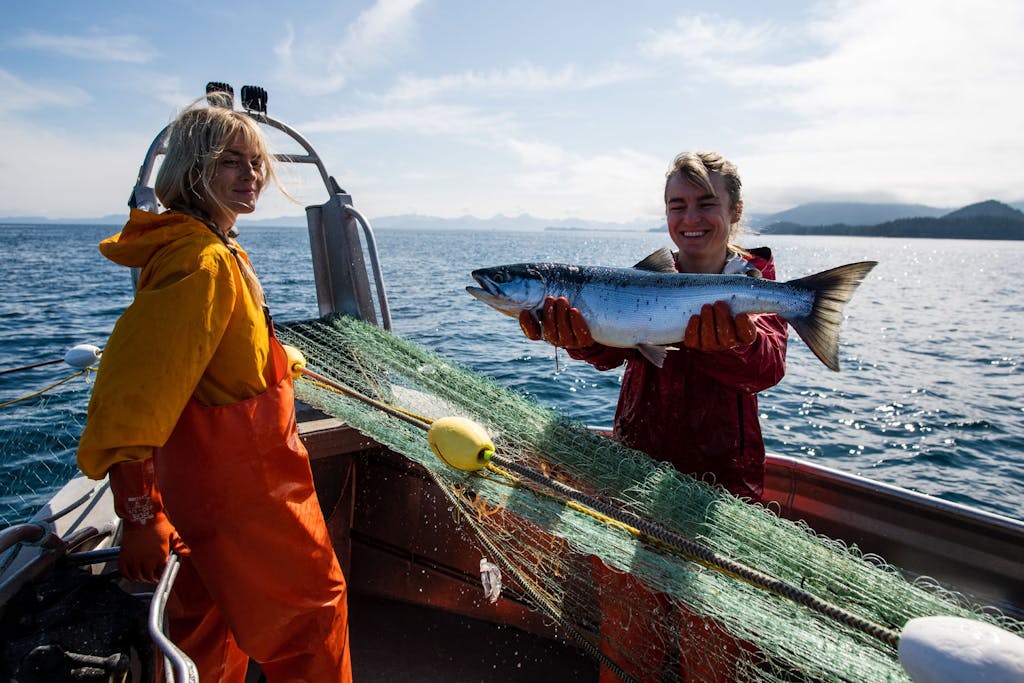
Emma Privat and Claire Neaton are the newest culinary figures sharing their talents through Silversea’s onboard program called S.A.L.T. (Sea and Land Taste). Guests can enjoy structured opportunities to learn about and experience the foodways of the regions in which they are sailing, and few places have a more distinctive culinary culture than Alaska.
“One thing that really makes S.A.L.T. special and fun and rewarding for our guests (and those of us helping plan it) is our work with people who are intimately connected to the culinary landscape of the places we visit,” says Adam Sachs, Adams Sachs, the director of S.A.L.T. project for Silversea.
“There’s no better duo than Emma and Claire — storytellers, fishermen recipe developers and entrepreneurs whose lives are tied to the salmon season — to help us unpack and appreciate the underappreciated foodways of beautiful and wild Alaska.”
Environment and the ‘seasonal nature of its abundance’
Salmon is the keystone, but it goes far beyond that, and Silversea passengers can discover just how far on Silver Nova’s voyages through the Great Land’s coastal waters in which so much of the Salmon Sisters’ universe lies.
“We want people to have an authentic taste of Alaska food culture—the way we are so connected to the environment around us and the seasonal nature of its abundance,” Emma Privat says.
“We Alaskans live right alongside the same habitat as the salmon we rely on. We are part of a working, healthy ecosystem that sustains us all. Most Americans may not realize that people can and do live like that today.”
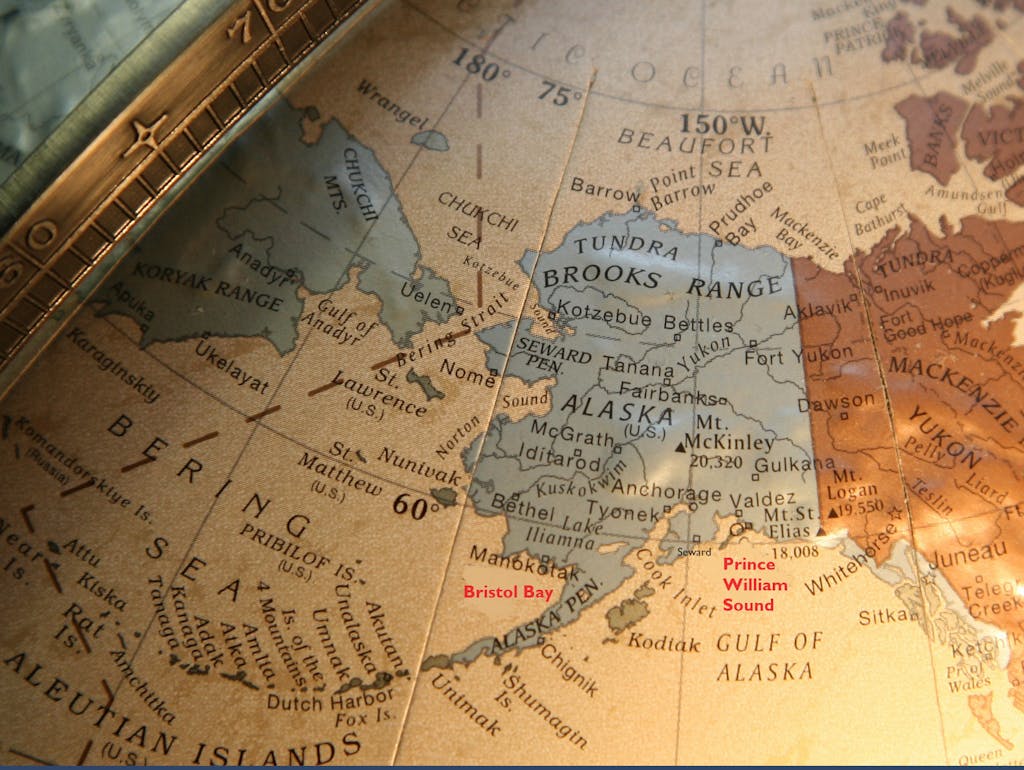
Alaska, for instance, is home to the world’s last massive, healthy salmon run, the annual Bristol Bay (featured in Getty photo at top) natural extravaganza in which millions of fish, some years approaching 100 million, return to the waters northwest of the Aleutian Peninsula. This is the region that Emma and Claire’s parents fished, in part (and their dad still does). The two sisters’ own family fishing operations include Bristol Bay in their annual journeys as well as the scenic Prince William Sound.
With this deep, multigenerational affinity for salmon, S.A.L.T. participants can expect a thorough grounding in the North Pacific’s signature food: the differences between the five major types (king, sockeye, silver or coho, pink and chum), their culinary uses and how to prepare and appreciate them.
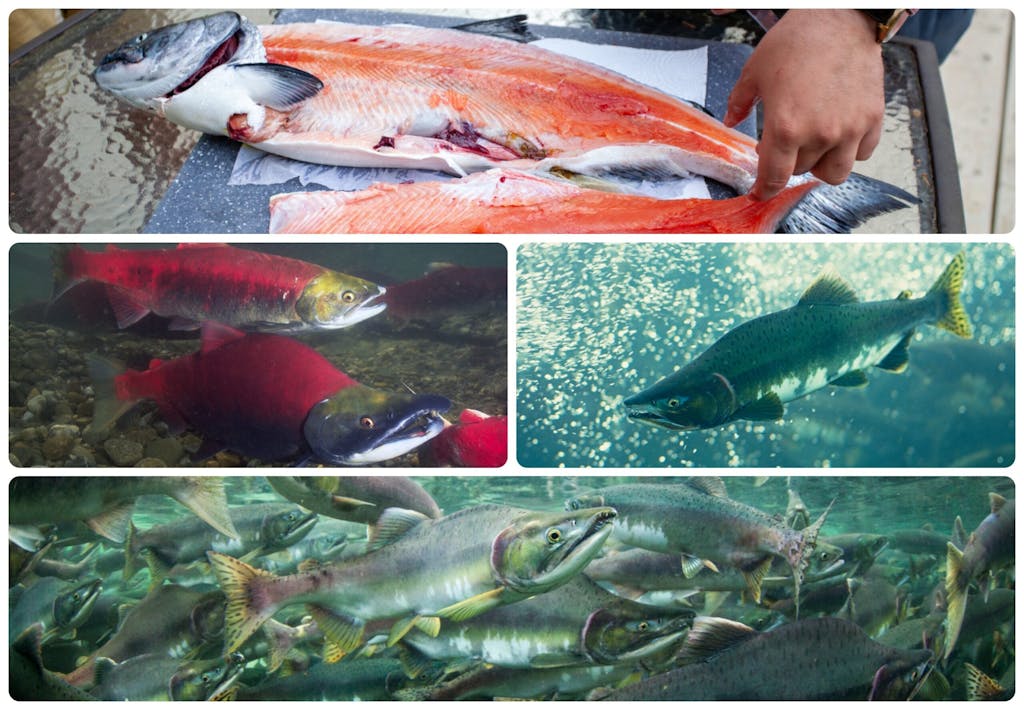
S.A.L.T. also is about a region’s cultural milieu, so Nova passengers can learn about the vigorous eternal Alaska debate about which type is best. Spoiler alert: It’s pretty evenly divided between king (Chinook) and sockeye (red), but there’s a world of meaningful information beyond that.
“Salmon is the keystone species in the Alaska diet, the food around which so much of our culture and tradition is centered,” Emma explains. Wild fish are so central to Alaska life, a mainstay in every corner of the state for thousands of years, that fish farming is prohibited here, and the state constitution mandates fisheries management designed to be sustainable forever.
To achieve that, state biologists rigorously limit the annual harvest based on overall salmon populations.
Thus one of the S.A.L.T. onboard classes will cover largely that, meaning salmon, incorporating three recipes from the sisters’ two eponymous cookbooks: salmon cakes, chowder and pickled salmon.
“Don’t worry if you’re leery about fish cookery. We’ll provide super-thorough instruction,” Emma says.
Finding greens, berries and more
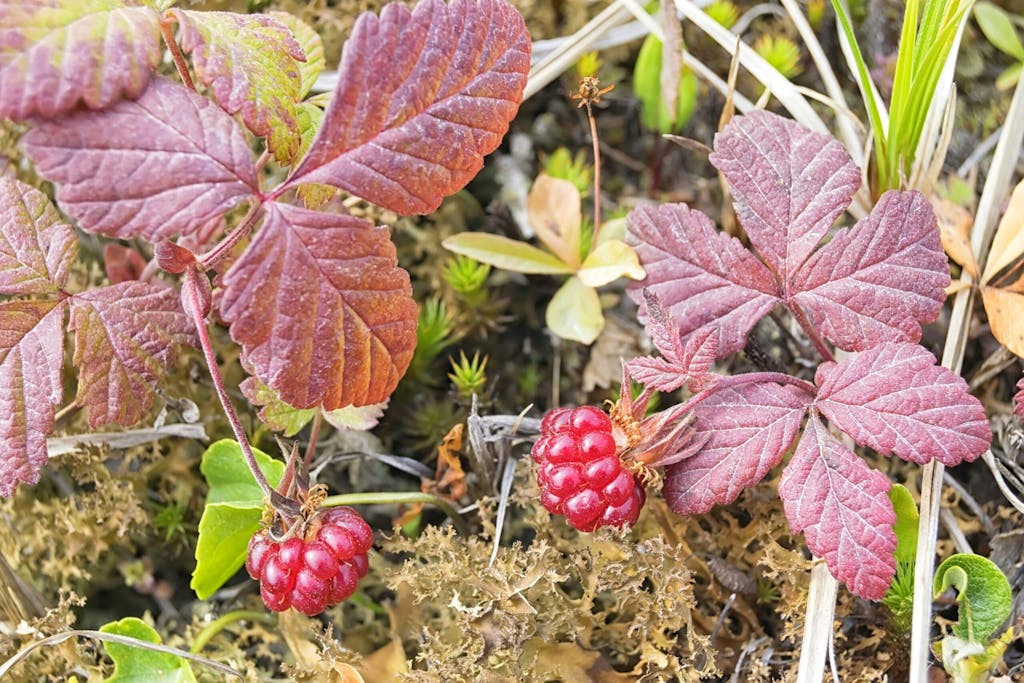
Salmon Store in Homer, Alaska./Photo Laurel Johnson
The other onboard S.A.L.T. section will embrace a much-less-known facet of Alaskan foodways: foraging. Alaska residents avidly seek and gather wild foods such as berries, fiddleheads and other greens.
For instance, beach greens, a tasty, coastal Alaska salad ingredient, are culinarily sort of a cross between Napa cabbage and spinach. This ground-hugging plant is found in sandy environments.
Alaskans guard the locations of their favorite blueberry and cranberry patches as zealously as Lower 48 residents might cherish a secret fishing hole.
The legendary nagoonberry is especially prized and not to be missed if it’s on offer. Its flavor is a cross between pineapple and raspberry.
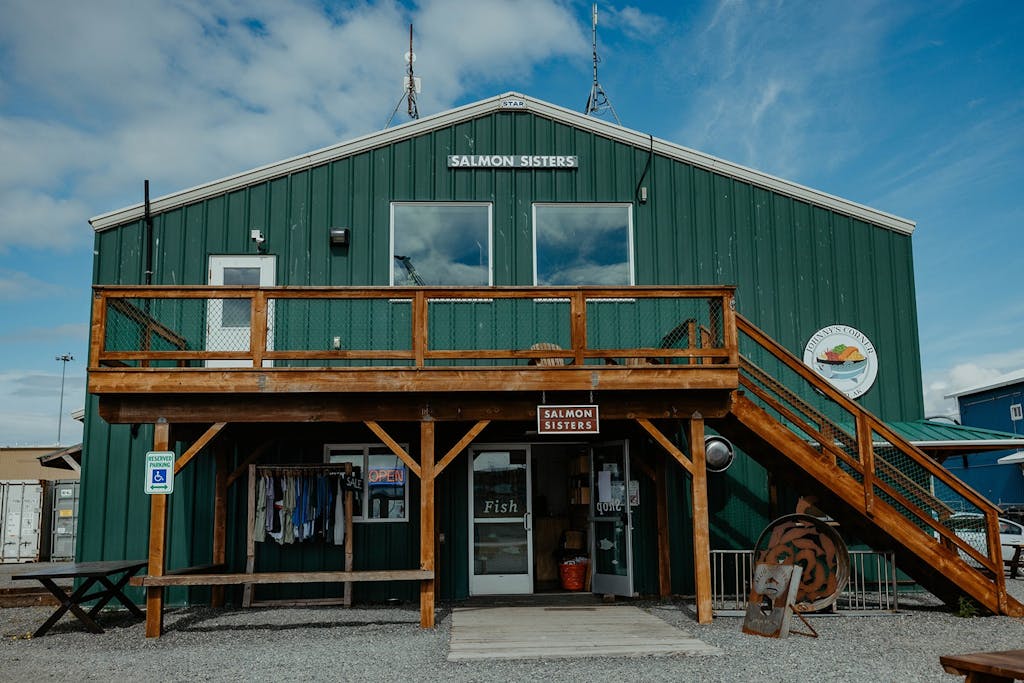
The Salmon Sisters’ business encompasses the Alaska lifestyle far beyond food. From their store in Homer, customers around the world order not just salmon and herring but also kelp condiments, kitchen and housewares with designs by Alaskan artists, and the durable apparel that northlanders rely on for their forays outside into the waters and woods of the state. This includes another legendary icon of life up North, Xtratuf slop boots, featuring liners imprinted with salmon and sea designs.
“We want people to have an authentic taste of Alaska culture,” Emma says. “Hopefully respect and understanding are the outcomes. This is where we live, and fresh natural food is all around us. Alaskans really can and do live off the land.
“We want to show people it’s how we live, and others can, if they choose.”
And, as Silversea passengers will discover, Alaskan foodways are not only as natural and sustainable as possible, the result all tastes as wonderful as you’d expect.
